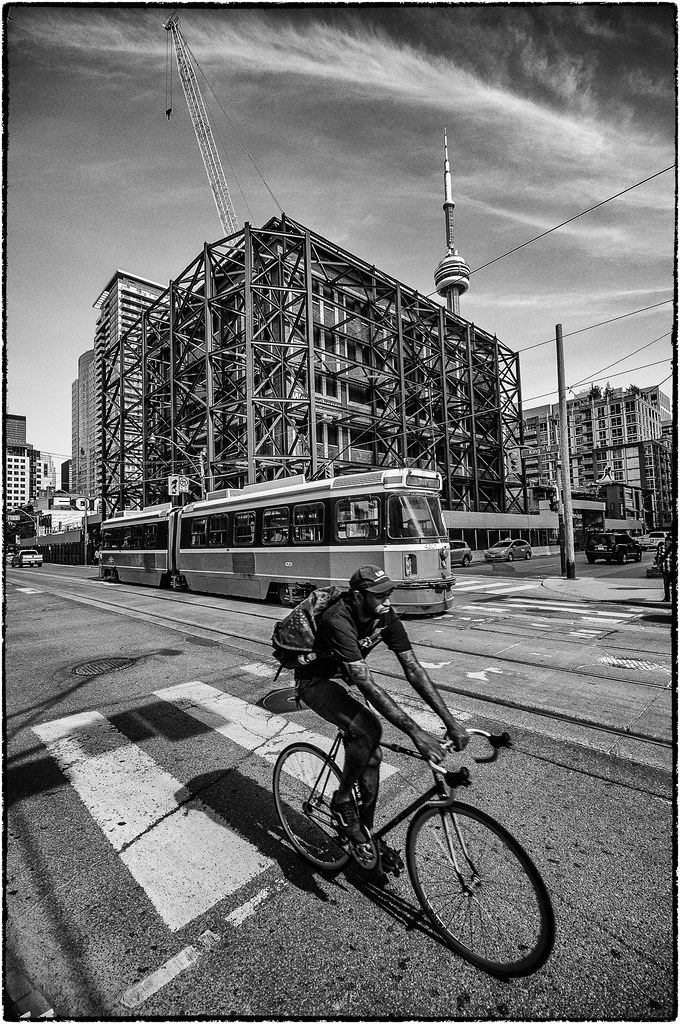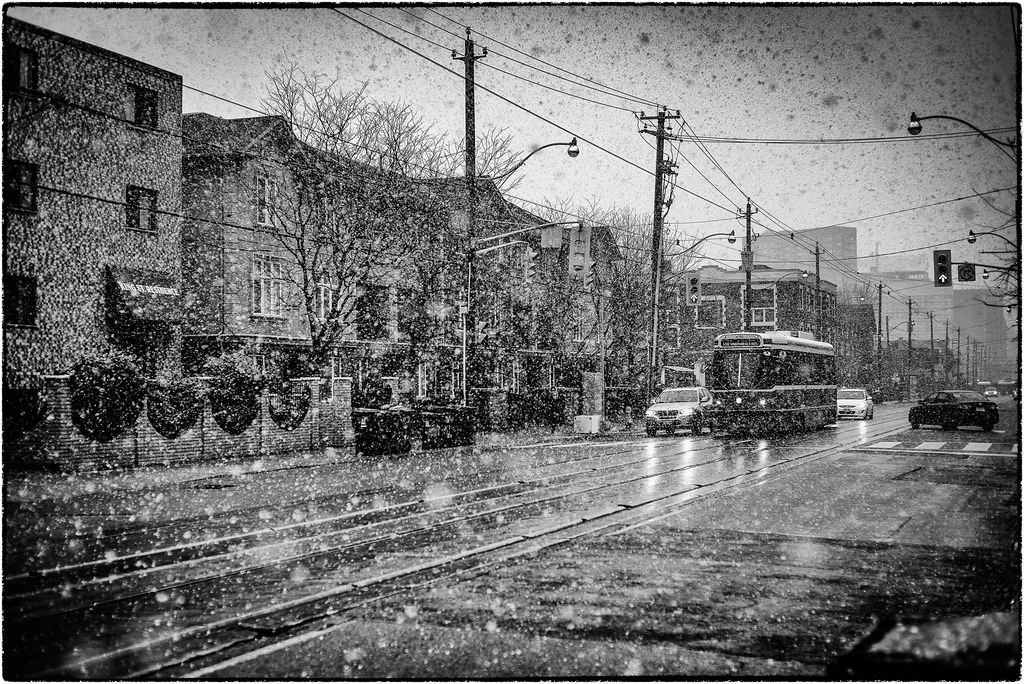
D3200, Nikkor 16-85 VR
Above is the single most popular image I've ever posted to Flick, with almost 29,000 views. It was shot with a lowly D3200 and Nikon's 16-85 VR zoom.
This is the 5th most used lens for me in terms of images uploaded to Flickr, and in terms of zooms, only the two Zuiko normal zooms have been used more (the ZD 14-54 II and the m.Zuiko 12-50 MSC), largely because they were pretty much welded on front of their respective cameras (E-M5 for both, also E-30 for the 14-54). Of the three, I liked the ZD 14-54 the most and the 12-50 the least.
As to the 16-85, it's a very competent but largely average lens. It's got a great range, is unusually wide for a Nikkor DX zoom (where 18-everything is more common) and is reasonably sharp and has good colour. It does quite well up to the 16MP bodies, but it's stretching on the 24MP bodies, although it still can deliver. Close focus is a surprising strength, it's probably best at 85mm and under 3m. Not that it's a macro, but it'll handle flowers and larger insects just fine. Focus is again OK, although I've found my borrowed example can miss unpredictably at times. That said, I purchased that lens new in 2008, passed it on, and have borrowed it back periodically so it may just be a little long in the tooth now.
In general, I'd recommend this over most Nikkor DX normal zooms. The 18-70 is IMHO optically better, but is less wide, less long, lacks VR and is getting difficult to find good copies of (it's long out of production). The 16-80E beats it in everything except price (real high) and compatibility (as an E lens you need a D300 or newer body, not including the D90 or D3000). There are better 3rd party options, but all are less flexible. It really just is a good do-everything hiking lens. If you can't swing a 16-80, get the 16-85 instead.





